Table of content
Dumplings, known as jiaozi in Chinese cuisine, are a beloved dish that transcends cultural boundaries, cherished for their comforting flavors and versatile preparation methods. Among the myriad fillings, cabbage and pork dumplings stand out as a classic combination, balancing the savory richness of pork with the subtle crunch and freshness of cabbage. This article delves into the intricacies of creating these delectable dumplings from scratch, offering a detailed roadmap for both novice cooks and seasoned chefs alike. From selecting the finest ingredients to mastering folding techniques, we will explore every facet of this culinary tradition, ensuring your dumplings are nothing short of perfection.
The Essence of Cabbage and Pork Dumplings
Cabbage and pork dumplings are more than just a meal—they are a symbol of togetherness, often prepared during family gatherings, Lunar New Year celebrations, or casual weekend feasts. The harmony between the mild sweetness of cabbage and the robust umami of pork creates a filling that is both hearty and refreshing. When paired with a tender, hand-rolled dough, each bite becomes a celebration of texture and taste. This dish’s enduring popularity lies in its adaptability; home cooks can tweak the seasoning, swap proteins, or experiment with cooking methods to suit their preferences.
Ingredients: Building Blocks of Flavor
To embark on your dumpling-making journey, gather the following ingredients. Precision in measurements ensures balance, but feel free to adjust spices or aromatics to taste.
For the Dough:
- 4 cups all-purpose flour (plus extra for dusting)
- 5 cups room-temperature water (adjust as needed)
- A pinch of salt (enhances dough elasticity)
For the Filling:
- 1 lb ground pork (preferably with 20% fat for juiciness)
- 3 cups finely chopped Napa cabbage (or green cabbage, salted and drained)
- 4 green onions, thinly sliced
- 3 garlic cloves, minced
- 1 tbsp fresh ginger, grated
- 2 tbsp soy sauce (light soy for saltiness, dark for color)
- 1 tbsp rice vinegar (or Chinese black vinegar)
- 1 tbsp sesame oil
- 1 tsp white pepper
- 1 tsp sugar
- 1 egg (optional, for binding)
- 2 tbsp vegetable oil (for sautéing aromatics)
For Assembly and Cooking:
- Dumpling wrappers (store-bought or homemade)
- All-purpose flour (for dusting)
- Water (for sealing dumplings)
- Neutral cooking oil (for pan-frying, if making potstickers)
- Dipping sauces (soy sauce, vinegar, chili oil, etc.)
Crafting the Dumpling Dough: Patience and Precision
The dough is the foundation of your dumplings—it should be soft, pliable, and resilient. While store-bought wrappers offer convenience, homemade dough elevates the texture and flavor.
- Mix the Flour and Salt: In a large mixing bowl, combine the flour and salt. Create a well in the center.
- Incorporate Water Gradually: Pour the water into the well, stirring with chopsticks or a fork until a shaggy dough forms. Adjust with additional water (1–2 tbsp) if the dough feels dry.
- Knead Until Smooth: Transfer the dough to a lightly floured surface. Knead for 8–10 minutes until the surface is velvety and elastic. The dough should spring back when pressed.
- Rest and Relax: Cover the dough with a damp cloth or plastic wrap. Let it rest for 30–60 minutes. This allows the gluten to relax, making the dough easier to roll.
Preparing the Filling: A Symphony of Flavors
The filling’s success hinges on balancing seasonings and textures. Properly preparing the cabbage prevents soggy dumplings, while aromatics like ginger and garlic add depth.
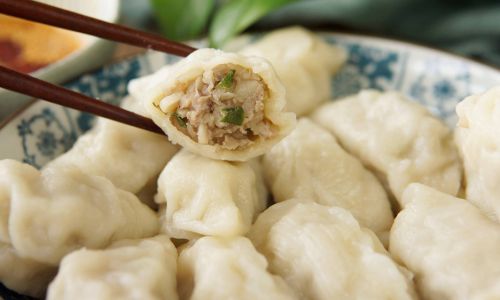
- Salt the Cabbage: Place chopped cabbage in a colander, sprinkle with 1 tsp salt, and toss. Let it sit for 15–20 minutes to draw out excess moisture. Squeeze thoroughly to drain.
- Sauté Aromatics: Heat vegetable oil in a pan over medium heat. Add green onions, garlic, and ginger. Sauté until fragrant (1–2 minutes), then cool completely.
- Combine Ingredients: In a large bowl, mix ground pork, drained cabbage, sautéed aromatics, soy sauce, vinegar, sesame oil, white pepper, sugar, and egg (if using). Stir vigorously in one direction until the mixture becomes sticky and well-incorporated. This step develops the filling’s springy texture.
Assembling the Dumplings: From Dough to Delicacy
Assembling dumplings is an art form that improves with practice. Whether you prefer classic crescent shapes or intricate pleats, the key is a tight seal to prevent leakage during cooking.
- Roll the Wrappers: Divide the dough into quarters. Roll each into a log, then cut into 1-inch pieces. Flatten each piece with your palm, then use a rolling pin to create 3.5–4-inch circles. Keep wrappers dusted with flour to prevent sticking.
- Fill and Fold:
- Method 1 (Crescent Shape): Place 1 tbsp filling in the center. Fold the wrapper in half, pinching the edges together. Press firmly to seal.
- Method 2 (Pleated Edge): For a decorative finish, create small folds along one edge while pinching the other side against it. This requires practice but results in a restaurant-quality appearance.
- Prevent Sticking: Line a baking sheet with parchment paper dusted with flour. Arrange dumplings evenly to avoid touching.
Cooking Methods: Boiling, Steaming, or Pan-Frying
Dumplings offer three primary cooking techniques, each yielding distinct textures.
Boiling (Shui Jiao)
- Process: Bring a large pot of water to a rolling boil. Gently add dumplings (10–12 at a time). Stir gently to prevent sticking. Once the water returns to a boil, add 1/2 cup cold water. Repeat twice. Dumplings are cooked when they float and the skin is translucent (6–8 minutes).
- Texture: Tender, slightly chewy wrappers with a moist filling.
Steaming (Zheng Jiao)
- Process: Line a bamboo steamer with cabbage leaves or parchment. Arrange dumplings 1 inch apart. Steam over boiling water for 12–15 minutes.
- Texture: Soft, pillowy wrappers with a vibrant filling.
Pan-Frying (Guo Tie/Potstickers)
- Process: Heat 2 tbsp oil in a non-stick pan. Arrange dumplings flat-side down. Fry until golden (2–3 minutes). Add 1/4 cup water, cover, and steam until cooked (6–8 minutes). Uncover and fry until crispy.
- Texture: Crispy golden bottoms with tender tops.
Serving Suggestions: Elevate the Experience
Dumplings shine when paired with complementary flavors. Consider these accompaniments:
- Dipping Sauces: Mix soy sauce, vinegar, chili oil, minced garlic, and sesame seeds.
- Garnishes: Sliced green onions, toasted sesame seeds, or fresh cilantro.
- Side Dishes: Lightly pickled vegetables, stir-fried greens, or a simple cucumber salad.
Tips for Perfect Dumplings
- Dough Consistency: If the dough feels stiff, let it rest longer. If sticky, knead in extra flour.
- Filling Moisture: Overly wet filling leads to burst dumplings. Always drain cabbage thoroughly.
- Freezing: Lay uncooked dumplings on a tray, freeze until solid, then transfer to a freezer bag. Cook directly from frozen (add 2–3 minutes to cooking time).
- Creative Twists: Experiment with fillings like shrimp, chicken, or tofu. Add vegetables like mushrooms or carrots for crunch.
The Cultural Tapestry of Dumplings
Dumplings hold profound cultural significance in China, often served during holidays as symbols of wealth and prosperity (their shape resembles ancient gold ingots). Making dumplings is a communal activity, fostering connection as families gather to roll, fill, and fold. Each fold represents a wish for happiness and good fortune, making the process as meaningful as the meal itself.
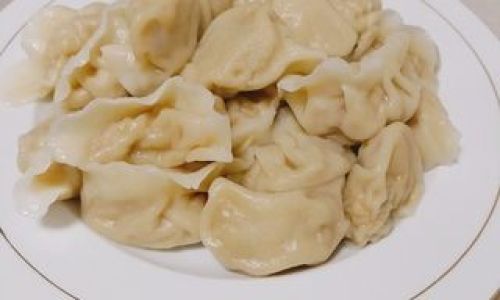
Conclusion: A Labor of Love
Crafting cabbage and pork dumplings is a culinary adventure that rewards patience and creativity. While the steps may seem daunting at first, practice transforms the process into a meditative ritual. Whether you boil, steam, or pan-fry, the result is a dish steeped in tradition and bursting with flavor. So gather your ingredients, invite loved ones to join, and savor the joy of homemade dumplings—a testament to the power of food to nourish both body and soul.
This comprehensive guide ensures that every dumpling you create is a masterpiece, blending technique with tradition. With practice, you’ll not only master the art of dumpling-making but also create lasting memories around the dinner table. Happy cooking!
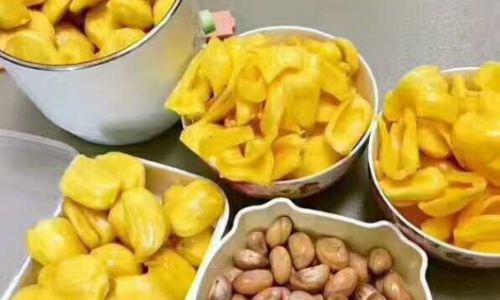
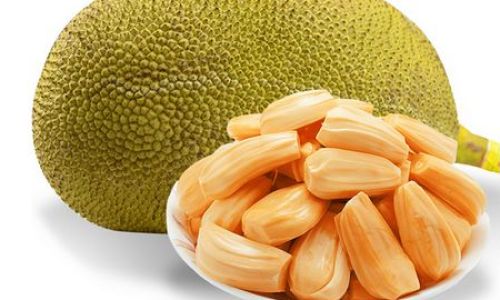


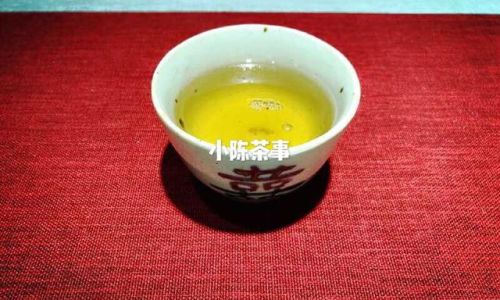

0 comments